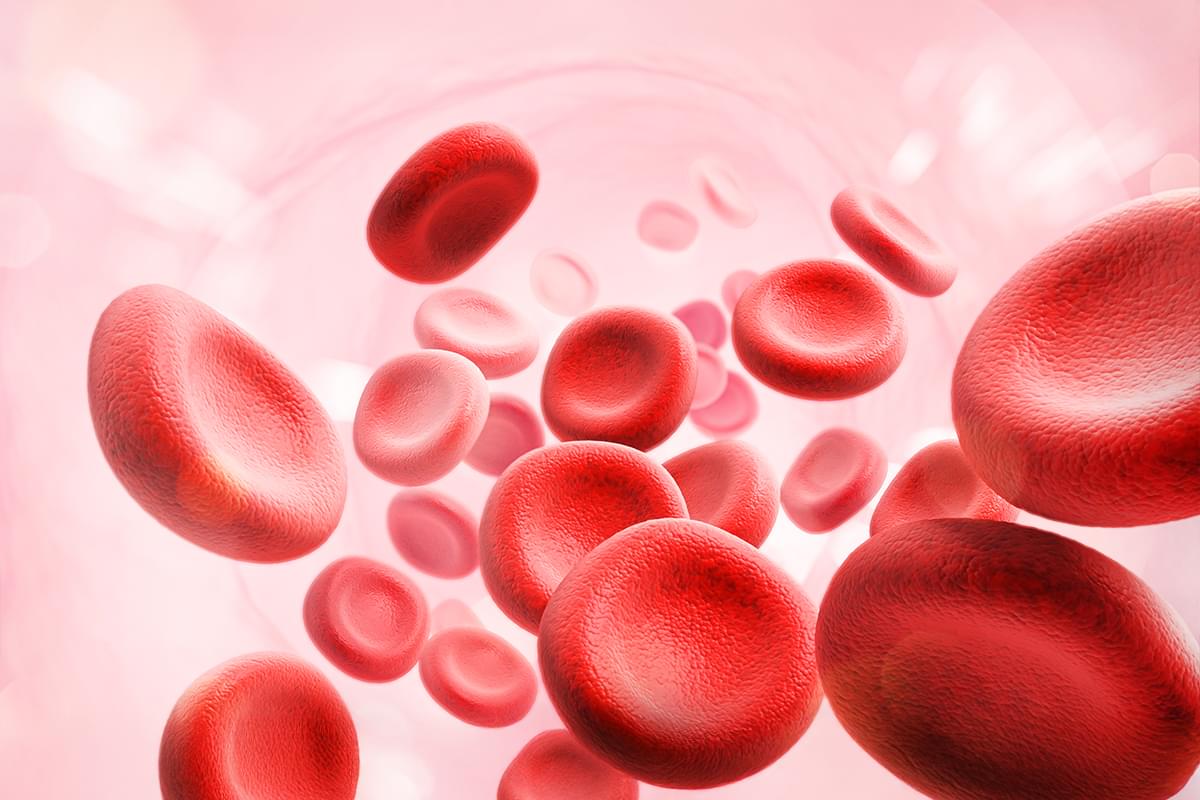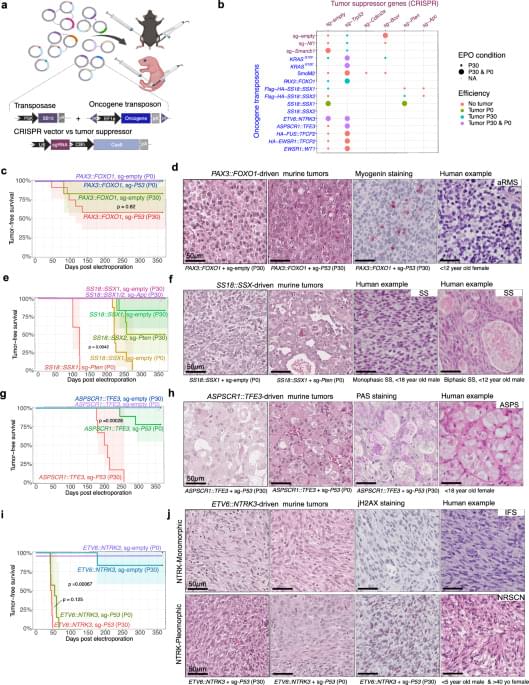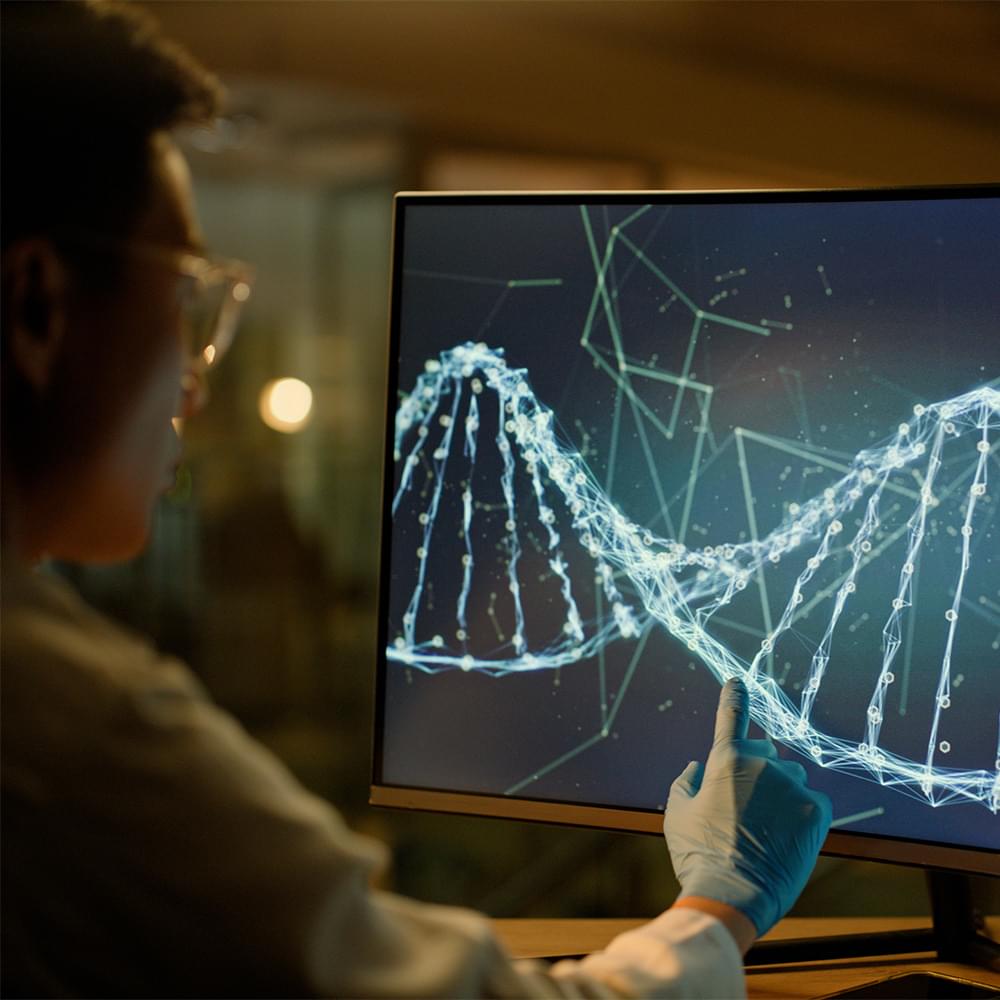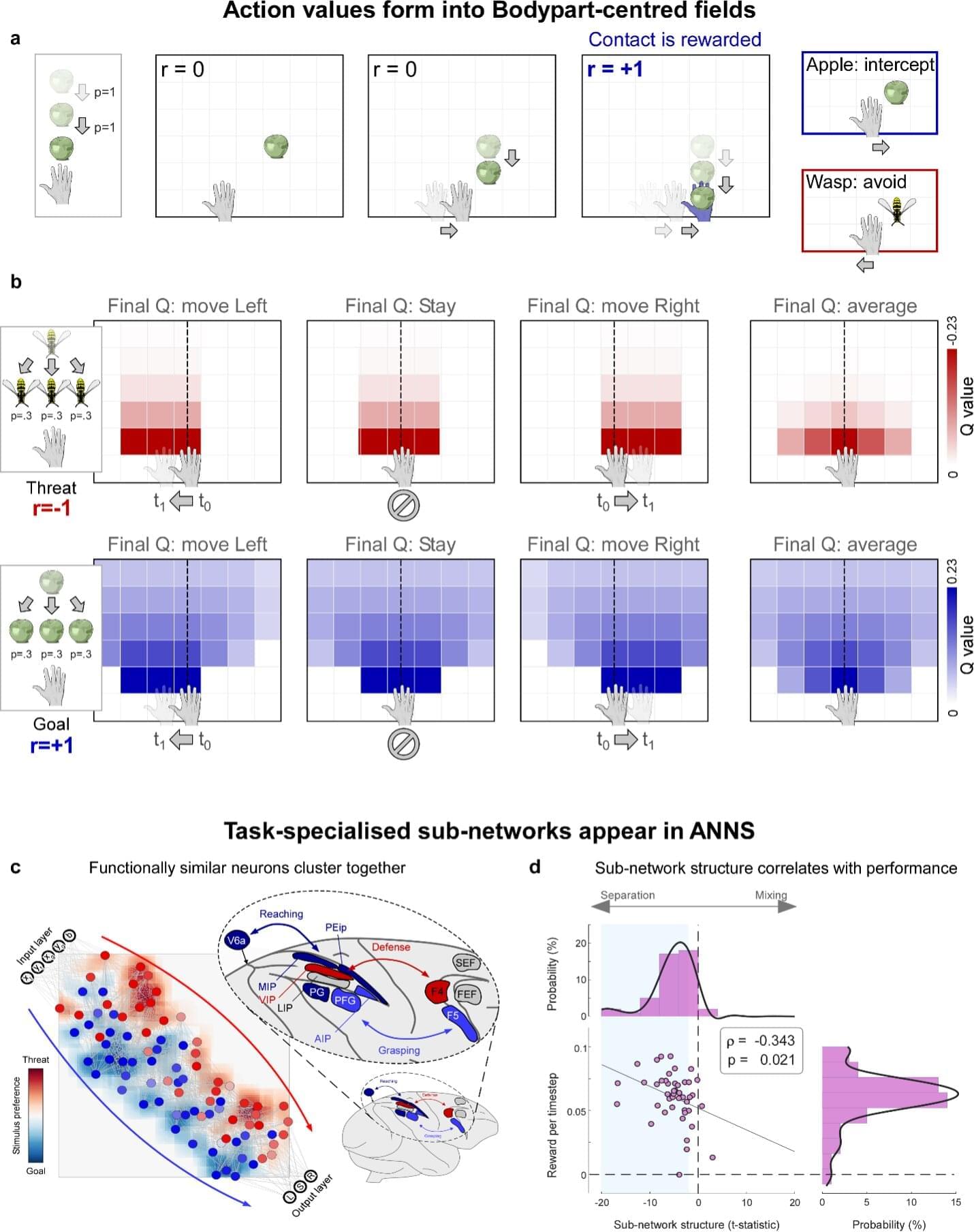RenewalBio is targeting longevity with a unique bio-manufacturing platform for human cells, including your own young blood cells.



Sarcomas are a group of mesenchymal malignancies which are molecularly heterogeneous. Here, the authors develop an in vivo muscle electroporation system for gene delivery to generate distinct subtypes of orthotopic genetically engineered mouse models of sarcoma, as well as syngeneic allograft models with scalability for preclinical assessment of therapeutics.

In this video, we take a deep dive into the fascinating process of binary fission, the primary mode of reproduction in prokaryotic cells like bacteria.
You’ll learn how:
⚙️ The DNA relay-ratchet mechanism ensures accurate segregation of chromosomes, and.
🧱 A septum forms to physically divide the cell into two genetically identical daughter cells.
Whether you’re a student, teacher, or just curious about microbiology, this simplified explanation breaks down complex concepts into clear, visual steps.
📚 References & Further Reading:
https://courses.lumenlearning.com/sun… ✨ Support EasyPeasy! Get early access, behind-the-scenes content, and suggest future topics: 👉 / @easypeasylearning 👉
/ supereasypeasy 🔔 Don’t forget to like, subscribe, and hit the bell so you never miss a new video!
https://media.springernature.com/full…
✨ Support EasyPeasy!
Get early access, behind-the-scenes content, and suggest future topics:
👉 / @easypeasylearning.
👉 / supereasypeasy.
🔔 Don’t forget to like, subscribe, and hit the bell so you never miss a new video!

Want to know more? See our corrisponding Substack episode. We’re living through the largest uncontrolled experiment on human cognition in history, and most people don’t even know they’re subjects. While the world moved on from pandemic panic t…

A gene-editing delivery system developed by UT Southwestern Medical Center researchers simultaneously targeted the liver and lungs of a preclinical model of a rare genetic disease known as alpha-1 antitrypsin deficiency (AATD), significantly improving symptoms for months after a single treatment, a new study shows.


A gene-editing delivery system developed by UT Southwestern Medical Center researchers simultaneously targeted the liver and lungs of a preclinical model of a rare genetic disease known as alpha-1 antitrypsin deficiency (AATD), significantly improving symptoms for months after a single treatment, a new study shows. The findings, published in Nature Biotechnology, could lead to new therapies for a variety of genetic diseases that affect multiple organs.
“Multi-organ diseases may need to be treated in more than one place. The development of multi-organ-targeted therapeutics opens the door to realizing those opportunities for this and other diseases,” said study leader Daniel Siegwart, Ph.D., Professor of Biomedical Engineering, Biochemistry, and in the Harold C. Simmons Comprehensive Cancer Center at UT Southwestern.
Gene editing—a group of technologies designed to correct disease-causing mutations in the genome—has the potential to revolutionize medicine, Dr. Siegwart explained. Targeting these technologies to specific organs, tissues, or cell populations will be necessary to effectively and safely treat patients.

The brains of humans and other primates are known to execute various sophisticated functions, one of which is the representation of the space immediately surrounding the body. This area, also sometimes referred to as “peripersonal space,” is where most interactions between people and their surrounding environment typically take place.
Researchers at Chinese Academy of Sciences, Italian Institute of Technology (IIT) and other institutes recently investigated the neural processes through which the brain represents the area around the body, using brain-inspired computational models. Their findings, published in Nature Neuroscience, suggest that receptive fields surrounding different parts of the body contribute to building a modular model of the space immediately surrounding a person or artificial intelligence (AI) agent.
“Our journey into this field began truly serendipitously, during unfunded experiments done purely out of curiosity,” Giandomenico Iannetti, senior author of the paper, told Medical Xpress. “We discovered that the hand-blink reflex, which is evoked by electrically shocking the hand, was strongly modulated by the position of the hand with respect to the eye.